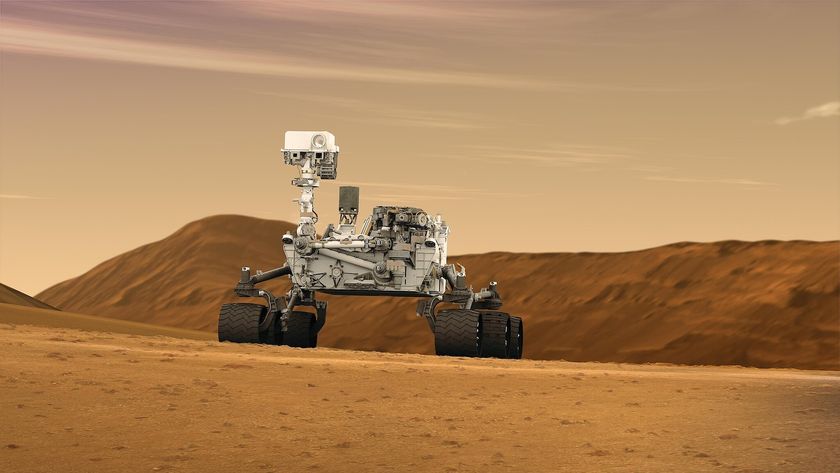Scientists Ruminate on Cow Stomach Fluid for Fuel Cells

Fluid from the stomach of cows could help power alternative fuel cells, new research shows.
Electricity is generated in the new fuel cells by the breakdown of cellulose, which can be found in waste paper, other wood products and in the corn leaves and stalks that farms generate after a harvest.
Using cellulose as an ethanol fuel source has been proposed as an alternative to using corn.
Cows come into the picture because the fluid in their rumen (the largest chamber of their stomach) is rich in microbes that break down cellulose.
Fuel cells are energy conversion devices like batteries, except they consume a reactant that must be replenished, whereas batteries store electrical energy chemically in a closed system. Various fuels can be used, including hydrogen, hydrocarbons and alcohols.
The new fuel cell contains two compartments, one of which is filled with cellulose and rumen fluid. As the microbes break down the cellulose, electrons are created, which flow into the other chamber of the fuel cell, creating an electric current.
"Energy is produced as the bacteria break down cellulose, which is one of the most abundant resources on our planet," said study team leader Hamid Rismani-Yazdi, a graduate student at Ohio State University.
Sign up for the Live Science daily newsletter now
Get the world’s most fascinating discoveries delivered straight to your inbox.
The fuel cells Rismani-Yazdi and his team created are a refinement from an original model they created two years ago. The new fuel cells are a quarter of the size of their original model and can produce about three times the power—two of the cells can create enough electricity to recharge a AA-sized battery, whereas it took four of the older generation of fuel cells to do this.
The fuel cells are also long-lasting.
"The power output of these fuel cells is sustainable indefinitely as long as we keep feeding the bacteria with cellulose," said study team member Ann Christy, also of Ohio State. "We ran these cells for three months."
- Top 10 Emerging Environmental Technologies
- Power of the Future: 10 Ways to Run the 21st Century
- Scientists Turn Cow Waste into Electricity

Andrea Thompson is an associate editor at Scientific American, where she covers sustainability, energy and the environment. Prior to that, she was a senior writer covering climate science at Climate Central and a reporter and editor at Live Science, where she primarily covered Earth science and the environment. She holds a graduate degree in science health and environmental reporting from New York University, as well as a bachelor of science and and masters of science in atmospheric chemistry from the Georgia Institute of Technology.









